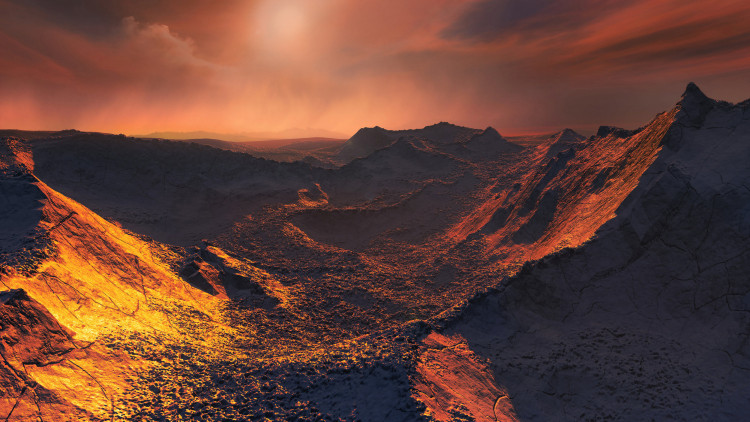Astronomers have discovered a new planet orbiting Bernard's star, which is six light-years away, called super-Earth. It is said to be three times bigger than Earth and described as a frozen world. Astronomers are now targeting to see if there is any sign of extraterrestrial life on it.
The latest discovery got detailed in the journal "Nature." Barnard's star is a small red dwarf older than the sun discovered in 1916. It is about a sixth of the sun's size and the closest single star to it. People can't see this star without the use of a decent telescope.
With the continuous search for new planets, Institute of Space Sciences astronomer and the study's lead author Ignasi Ribas and his team used the CARMENES instrument at Spain's Calar Alto observatory to study Barnard's star. They were trying to find little wobbles in the star's movements, a moving planet's gravitational fingerprints gently pulling its star.
According to National Geographic, data gathered for over 20 years through six different observing instruments suggested that super-Earth already existed. It also showed that the planet possibly took 233-Earth days to complete an orbit. For another 300 observations, Ribas and his team felt satisfied that they saw that 233-day periodic jiggles in Barnard's star's movements.
"Now, we have almost 800 measurements that we're publishing," Ribas said. "We got this very clear signal that is there, so we have no doubt that this periodicity is there."
However, the astronomers' work didn't just end there. When they received the signal, Ribas and his team had to clear the jiggle's other possible sources like starspots or active regions that might be mimicking a planet's movement.
There are a lot of red dwarf stars reportedly producing several flares and spasms that look like an orbiting planet. But as Barnard's star is said to be very calm and behave based on observations, Ribas and his team are confident that what they saw is a real planet.
The Verge added that thousands of planets were found outside the Solar System. These planets are known as exoplanets and are usually impossible to see with the current telescopes. These planets are too far away they become overpowered by its host stars' light.
However, as Barnard's star is quite near to Earth, available observation instruments are able to detect if there is a new orbiting planet. As larger and more refined observatories are about to come online in the 2020s, it may be easier to distinguish the light reflected from a planet from the light that comes from its host star.






